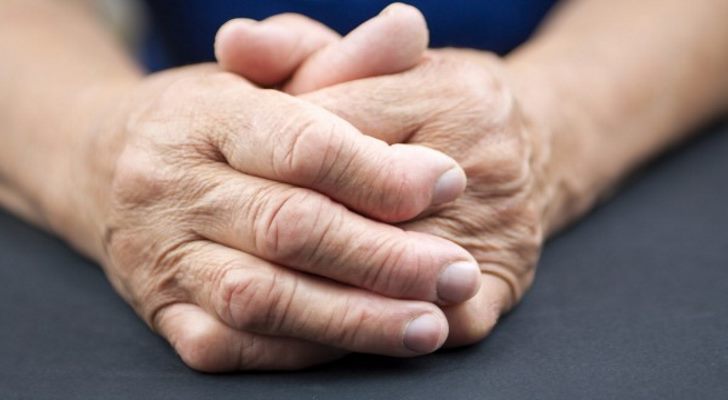Polymyositis and Dermatomyositis Symptoms, Signs and Causes

Polymyositis and dermatomyositis are quite rare rheumatic diseases. For Polymyositis, phlogistic changes in muscles are characteristic, and for dermatomyositis also the inflammatory skin is one of the main signs. The appearance on the skin of heliotrope rashes is the most specific characteristic. The muscles of the patient are damaged symmetrically, the organism feels weak, painful, which further leads to emaciation of the central proximal muscles of the upper extremity girdle. Untimely medical care may lead to the damage to the internal organs of a patient.
